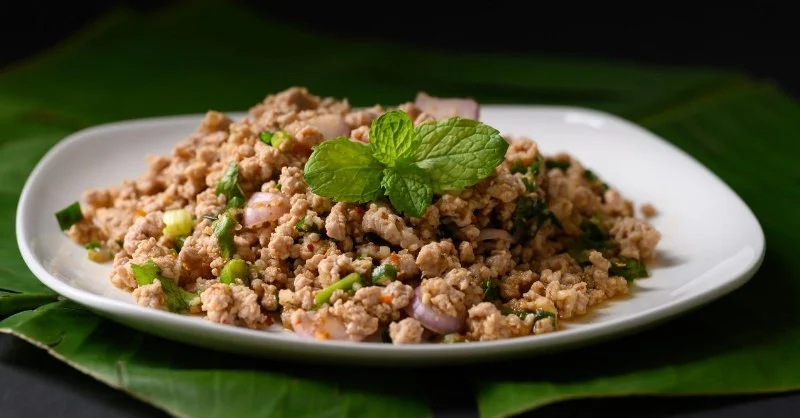
- How to Make Thai Food That’s Low-Fat Without Losing the Taste
- Understanding the Importance of Low-Fat Thai Cuisine
- Key Ingredients for Low-Fat Thai Dishes
- Cooking Techniques to Reduce Fat in Thai Food
- How to Enhance Flavors Without Extra Fat
- Real-Life Story: Creating Low-Fat Thai Recipes
- Where to Find Thai Food Products for Low-Fat Cooking
How to Make Thai Food That’s Low-Fat Without Losing the Taste
Thai food is known for its bold, vibrant flavors — a harmonious mix of sweet, sour, salty, and spicy. But what if you could enjoy all these flavors without the guilt of extra fat? This article explores how to make Thai food low-fat without compromising on taste. We’ll dive into ingredient choices, cooking techniques, and flavor-enhancing tips to help you enjoy healthy yet delicious Thai meals.
Understanding the Importance of Low-Fat Thai Cuisine
Thai food naturally includes a lot of fresh ingredients like vegetables, lean proteins, and aromatic herbs. While traditional Thai dishes can sometimes be rich in fats, particularly from coconut milk and fried ingredients, making slight adjustments can reduce fat while maintaining the dishes' authenticity and flavor. Low-fat Thai cuisine is not only better for your health, but it also allows you to enjoy the delicious complexity of Thai flavors without overindulging in calories or fat.
Key Ingredients for Low-Fat Thai Dishes
1. Lean Proteins: Replace fatty cuts of meat with lean options such as chicken breast, shrimp, or tofu. These alternatives provide the necessary protein without excess fat.
2. Coconut Milk Alternatives: Coconut milk is a staple in many Thai dishes, but it’s high in fat. You can reduce the fat by using light coconut milk or coconut milk blended with vegetable broth to maintain the creamy texture without the calories.
3. Fresh Vegetables: Thai cuisine is known for its vibrant use of vegetables like bell peppers, carrots, and green beans. These are low in calories but packed with nutrients, making them perfect for a low-fat meal.
4. Herbs and Spices: Fresh herbs like basil, cilantro, and lemongrass are not only key to Thai flavor but also naturally low in fat. They can be used generously to bring out the freshness in your dishes.
Cooking Techniques to Reduce Fat in Thai Food
1. Steaming: Steaming is a great way to cook proteins and vegetables while preserving nutrients and minimizing the need for added fats. Try steaming fish or tofu and pairing it with a flavorful Thai sauce.
2. Grilling: Grilling meats and vegetables infuses them with smoky flavors without needing to add excessive oils or fats. It’s perfect for dishes like Thai satay or grilled shrimp.
3. Stir-frying with Less Oil: While stir-frying is a common technique in Thai cooking, you can reduce the oil by using a non-stick pan or wok. Opt for a minimal amount of oil, or use healthier alternatives like olive oil or avocado oil for frying.
4. Use of Broths and Stocks: Instead of relying on coconut milk for richness, use homemade or low-sodium vegetable or chicken broths to create flavorful soups and curries.
How to Enhance Flavors Without Extra Fat
Thai food is all about balancing flavors, and there are several ways to enhance the taste of your dishes without relying on extra fat:
1. Acidic Ingredients: Ingredients like lime juice, tamarind, and vinegar can add a sharp, tangy kick to your dishes, elevating the flavors without adding any fat.
2. Spices: Incorporating fresh or dried chili peppers, ginger, and garlic can enhance the heat and depth of flavor in your dishes. These ingredients provide an intense flavor punch with virtually no fat.
3. Fermented Ingredients: Fish sauce and soy sauce add umami depth to Thai dishes. Use them sparingly for maximum flavor impact with minimal fat.
4. Fresh Herbs: Basil, cilantro, and mint are often used as garnishes in Thai food, adding freshness and aroma without contributing to fat content.
Real-Life Story: Creating Low-Fat Thai Recipes
Chef Somchai, a Thai chef based in San Francisco, decided to rework some of his most popular Thai recipes to make them healthier. He started by reducing the amount of coconut milk in his curries and instead used low-fat coconut milk and vegetable broth. For stir-fries, he swapped out the deep frying method for grilling or steaming the meats and vegetables. The result? Dishes that were just as flavorful but lighter and healthier. His low-fat Thai dishes quickly became a hit with health-conscious customers, showing that Thai food can be both nutritious and delicious.
Where to Find Thai Food Products for Low-Fat Cooking
When cooking low-fat Thai food at home, having access to high-quality ingredients is essential. Look for light coconut milk, lean cuts of meat, and fresh herbs at your local grocery store or specialty Asian market. If you're in the U.S., visit Thai Food for a wide range of authentic, low-fat Thai ingredients, from herbs and spices to sauces and broths, to help you create healthy, flavorful dishes.



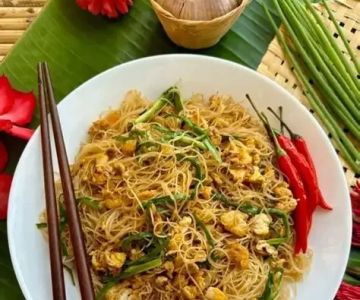

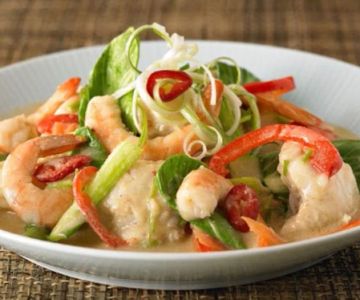
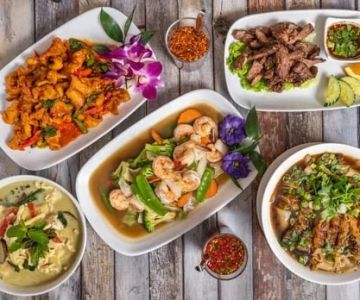


 Lemongrass Restaurant & Sake Bar4.0 (323 reviews)
Lemongrass Restaurant & Sake Bar4.0 (323 reviews) Dagg Thai Restaurant4.0 (1853 reviews)
Dagg Thai Restaurant4.0 (1853 reviews) Siam Deluxe4.0 (135 reviews)
Siam Deluxe4.0 (135 reviews) Chalong Southern Thai4.0 (3281 reviews)
Chalong Southern Thai4.0 (3281 reviews) Little Thai Kitchen4.0 (421 reviews)
Little Thai Kitchen4.0 (421 reviews) Udom Thai4.0 (636 reviews)
Udom Thai4.0 (636 reviews) Thai Food Ingredient Spotlight: Kaffir Lime Leaves & Their Unique Aroma
Thai Food Ingredient Spotlight: Kaffir Lime Leaves & Their Unique Aroma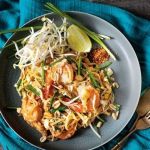 How to Make Thai Food That’s Great for Meal Prepping
How to Make Thai Food That’s Great for Meal Prepping Best Thai Meat Recipes for Meat Lovers Seeking Something New
Best Thai Meat Recipes for Meat Lovers Seeking Something New Thai Food for Apartment Living: Simple, Flavorful & Budget-Friendly
Thai Food for Apartment Living: Simple, Flavorful & Budget-Friendly The Best Thai Food Recipes for Couples Cooking Together
The Best Thai Food Recipes for Couples Cooking Together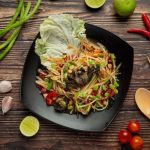 How to Make Thai Food That’s Balanced for a Healthy Lifestyle
How to Make Thai Food That’s Balanced for a Healthy Lifestyle